Phnom Penh
“Andrew, Phnom Penh is near,” I receive a notification on my phone.
Between Vienna and Bratislava, there are 50 kilometers, but what a contrast: in half an hour you go from a beautiful European city to a gray Slovakian urban area.
Between Ho Chi Minh City and Phnom Penh, there are 200 kilometers, and the contrast is even stronger. From a financial center with skyscrapers, the traveler is transported to an extremely poor city comparable to African conditions. So, what is it this time? Geography or mentality?
⁂
The main sign of a complete clusterfuck in a country is the unrestricted acceptance of foreign currency. One can discuss the cleanliness of the streets and examine the chaotic construction for a long time. But if a country accepts dollars instead of its own currency, that’s it, it’s a total butt.
In Cambodia, every other ATM dispenses dollars, and every first decent hotel, restaurant, or tour operator first quotes the price in dollars and then clarifies that payment can also be made in riels at the exchange rate.
After crossing the Cambodian border by bus, the condition of the roads deteriorates, and instead of frail but still stone government buildings, start appearing makeshift huts made of plywood, iron and palm leaves.
About 10 kilometers before the capital, the bus gets stuck in a dreadful traffic jam, and the impoverished landscape is only sporadically interrupted by the occasional “mansions” of some local officials.
Cambodian village.
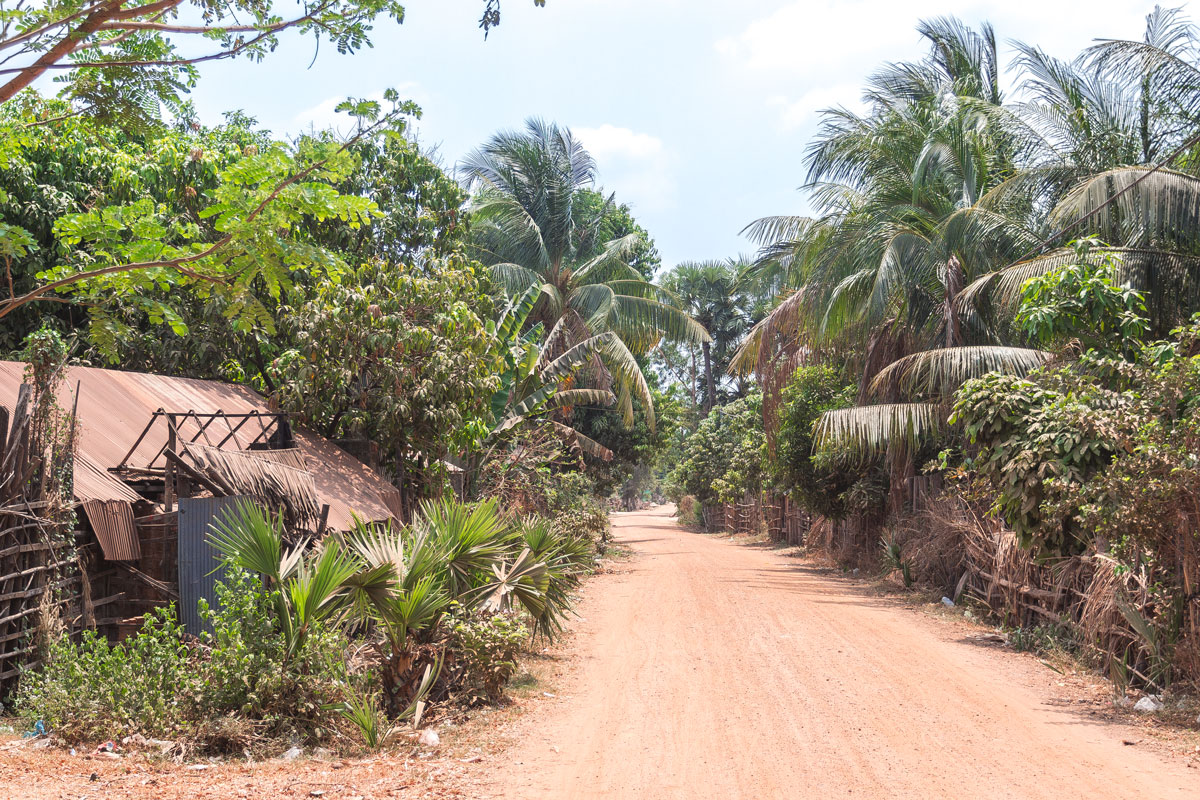
People live very poorly in Cambodia. Even in India, it’s not like this. It’s at the level of Africa.

Mansion by local standards. Houses are almost always built on wooden stilts. They get flooded during the rainy season.

Due to the year-round heat, mirages can often be seen on paved roads: it appears as if there is a water puddle ahead, even though there has been no rain for months.
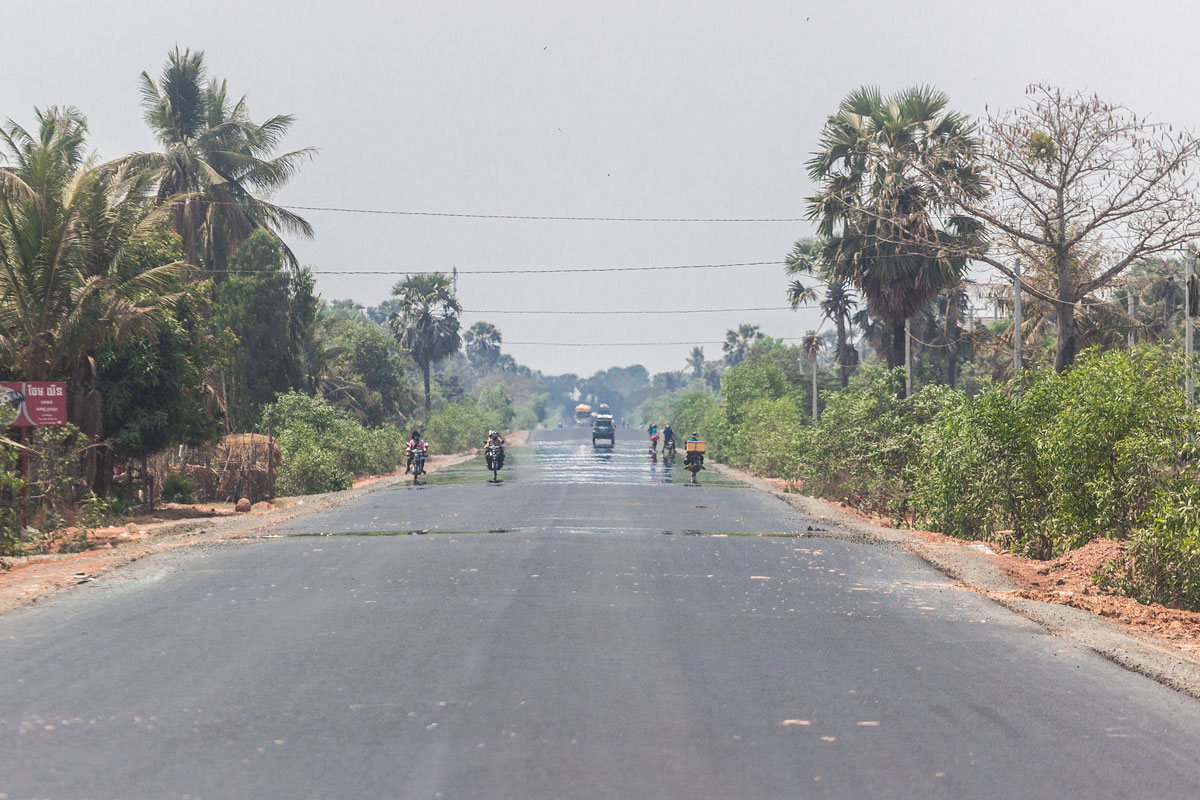
In Phnom Penh itself, things are also very bad. The city resembles Vientiane, the capital of Laos, but several times larger and poorer.

All balconies are wrapped in barbed wire, adorned with iron grilles, and separated from each other by “sunbursts” with spikes. There is a high level of theft in the country.

The architecture in the city is extremely poor. Cambodia was also a French colony, but the buildings that have survived from that time are very primitive.
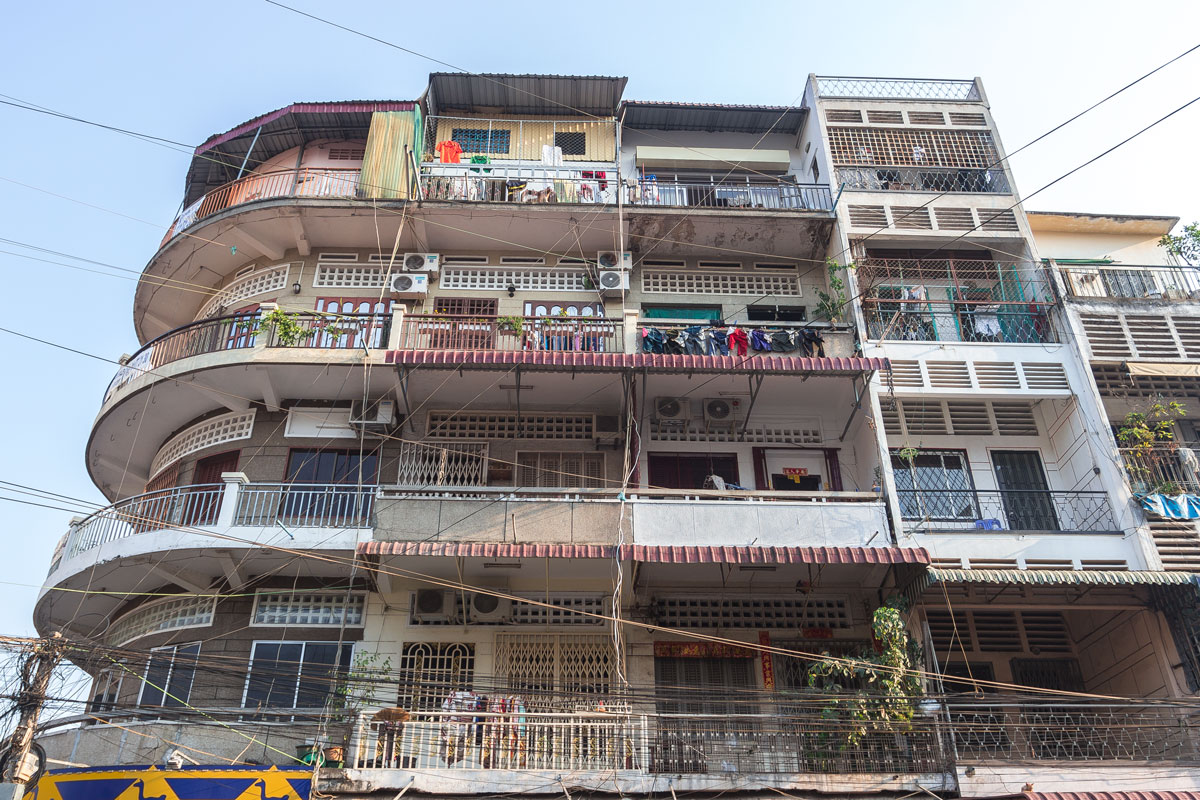

Everything is cluttered with advertisements to the point that soon the house will collapse under their weight.

Dirty shanties occupy a large part of the city.


There is no public transportation in the country. In the capital, a couple of years ago, they launched the first three bus routes. It’s not entirely clear why they bothered, because it’s easier to take a tuk-tuk or motorcycle than to stand in kilometers-long traffic jams or travel in a cramped bus.

There are no proper stores in Phnom Penh either. In the city center, there are a few large supermarkets where you can at least stock up on something. Mostly, markets and street vendors thrive in the country.



And there are no cafes here either, reader. Not a single American fast-food chain has reached Cambodia. McDonald’s was not even allowed into the country. As a result, there is hardly anything decent to eat here, all the local cafes are grim dives.


There are a few places that may look decent, but the food inside is usually not very tasty. The country is still in a deep mess, good restaurants are emerging very slowly.

A couple of skyscrapers against a filthy market backdrop are the two largest banks in Cambodia with close government involvement. There are no more high-rises in the country at the moment, it seems.
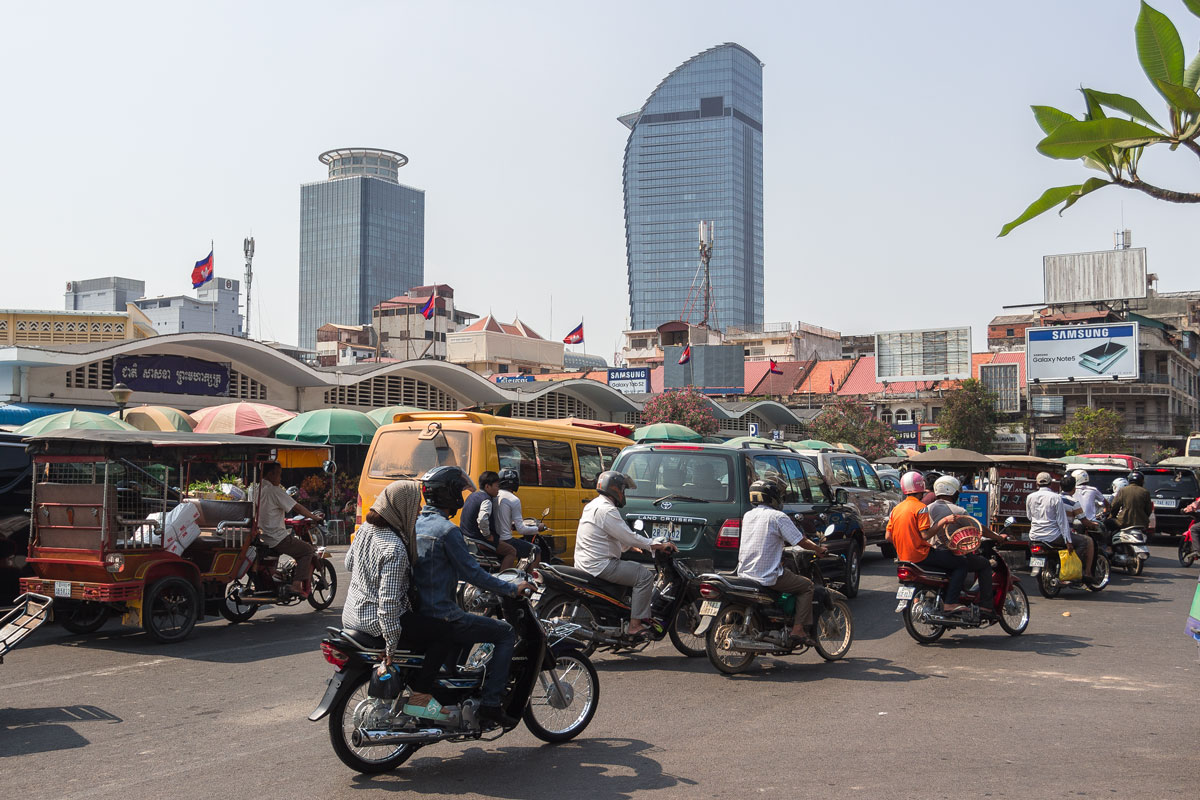
Amidst all this, a rainbow flag proudly hangs in the city center next to a gay club.

Local residents are rarely friendly. Tourists in Cambodia shouldn’t expect a warm reception from vendors and hotel staff.
Instead of a bus tour with air conditioning and a guide to the “Killing Fields,” they almost tried to sell me a trip on a run-down tuk-tuk with a random local who didn’t even speak English, for the same price. Before I could blink, they took $15 from me and sent me to wait in my room. They begrudgingly returned the money with tremendous disdain.
In English, almost no one in Cambodia speaks. There is even a rule: the better a Cambodian knows English, the higher the chance that they will try to screw you.
In Central Park, a sporty-looking girl with fair skin, resembling a European, called out to me on the go and initiated a friendly and unobtrusive dialogue in very good English.
“Hey, hello!”
“Oh, hi.”
“Listen, you have beautiful skin! So fair, what soap do you use?”
“What? Just a regular soap.”
“Regular, cool! Where are you heading? Which country are you from?”
Reader, never engage in such conversations with locals in Phnom Penh. Leave them for India instead. There, people can truly engage in heartfelt conversations with you, take photos together, and invite you to their homes. Perhaps it can happen in rural areas of Cambodia as well. But in the center of Phnom Penh — never.
The typical scheme for these places is as follows: if I answered the questions of this lovely girl, she would happily exclaim that her friends are actually heading to my country and would love to meet me. Then you would be invited to their home, entertained, and offered to play a non-gambling game. Depending on the situation, you either voluntarily give away lost money yourself or they assist you.
So remember, reader: anywhere but Phnom Penh. In the capital among the Khmer people, there are hardly any friendly individuals. Cambodia has endured such a horrific catastrophe that it would be better for you to keep your openness somewhere else in another country. Here, nobody appreciates it.

Khmer massage.

Alleys.

Roads.

Traffic jams.

People.

Buddhists.
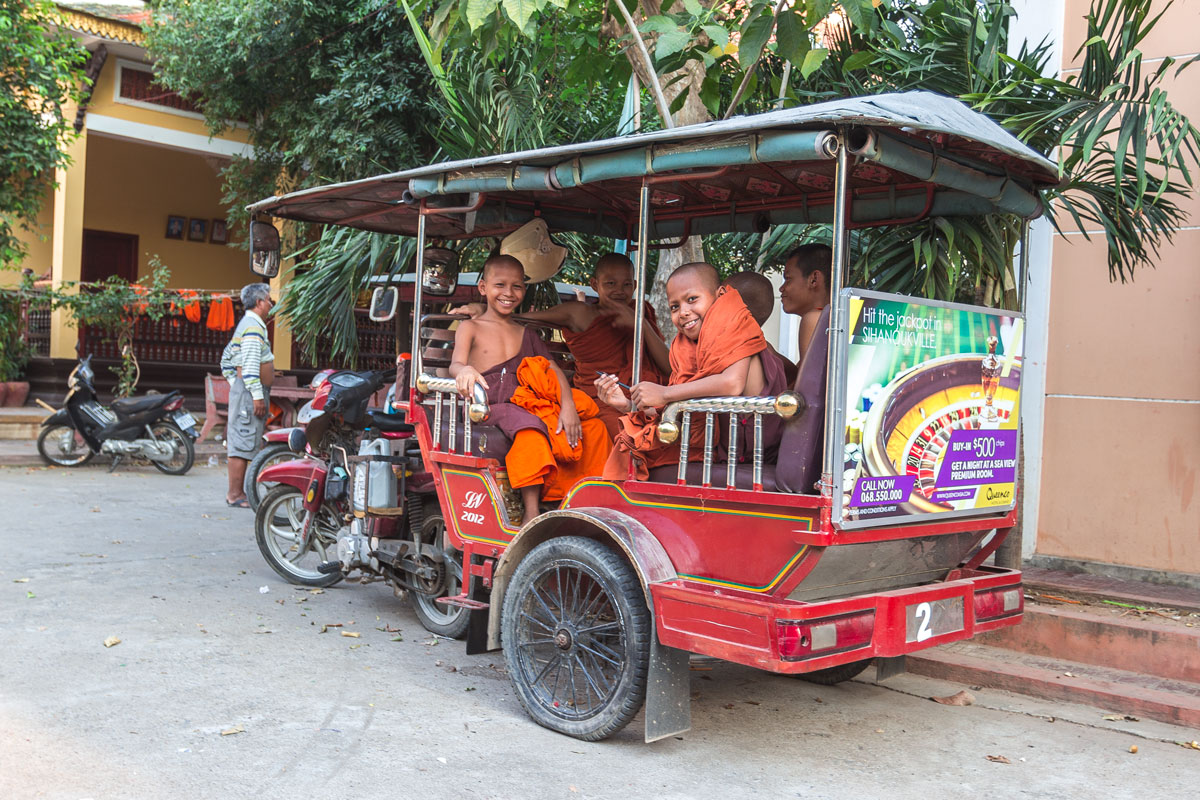
People’s Party of Cambodia.
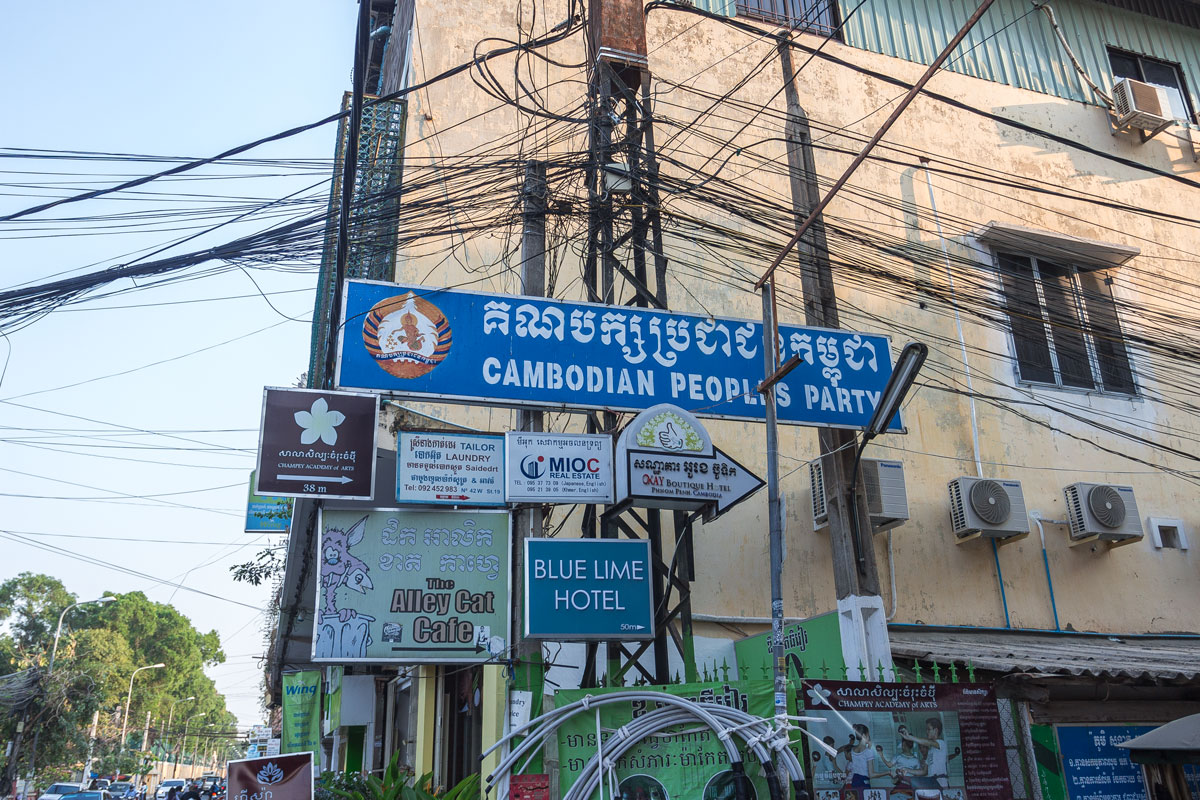
King.
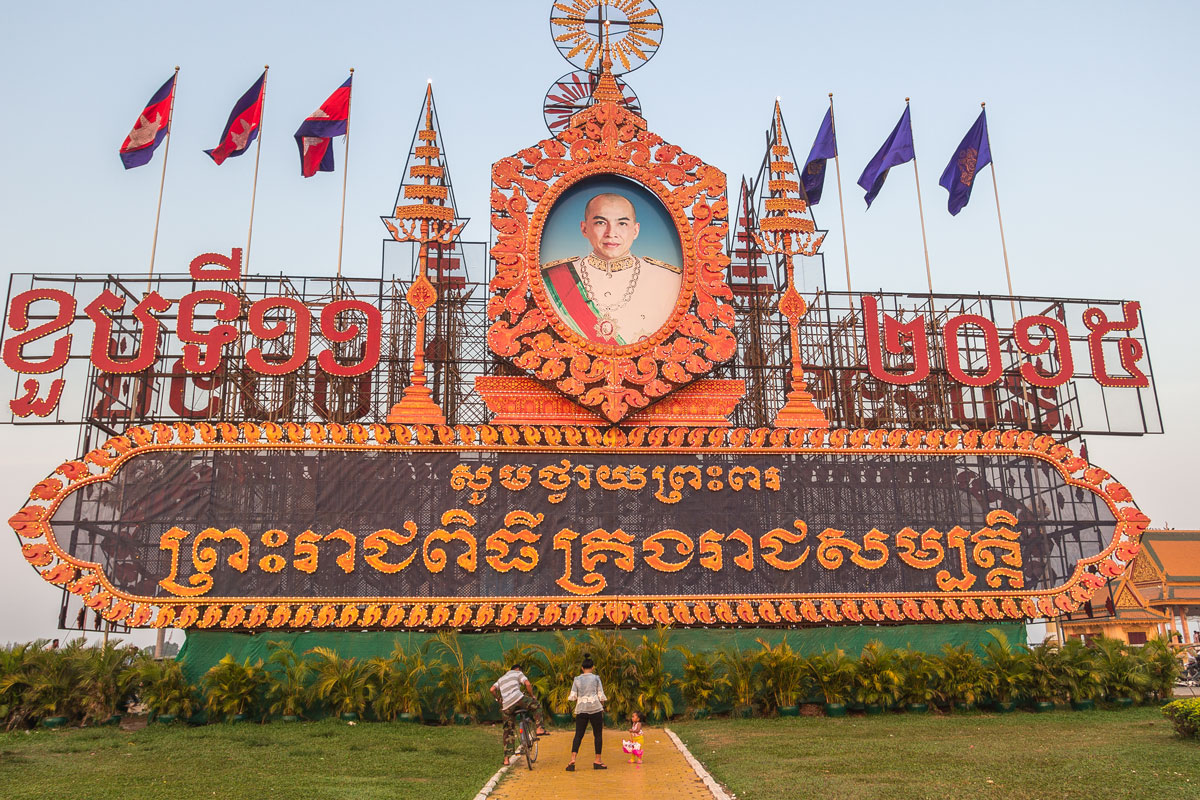
Cambodia is moving towards the sun.
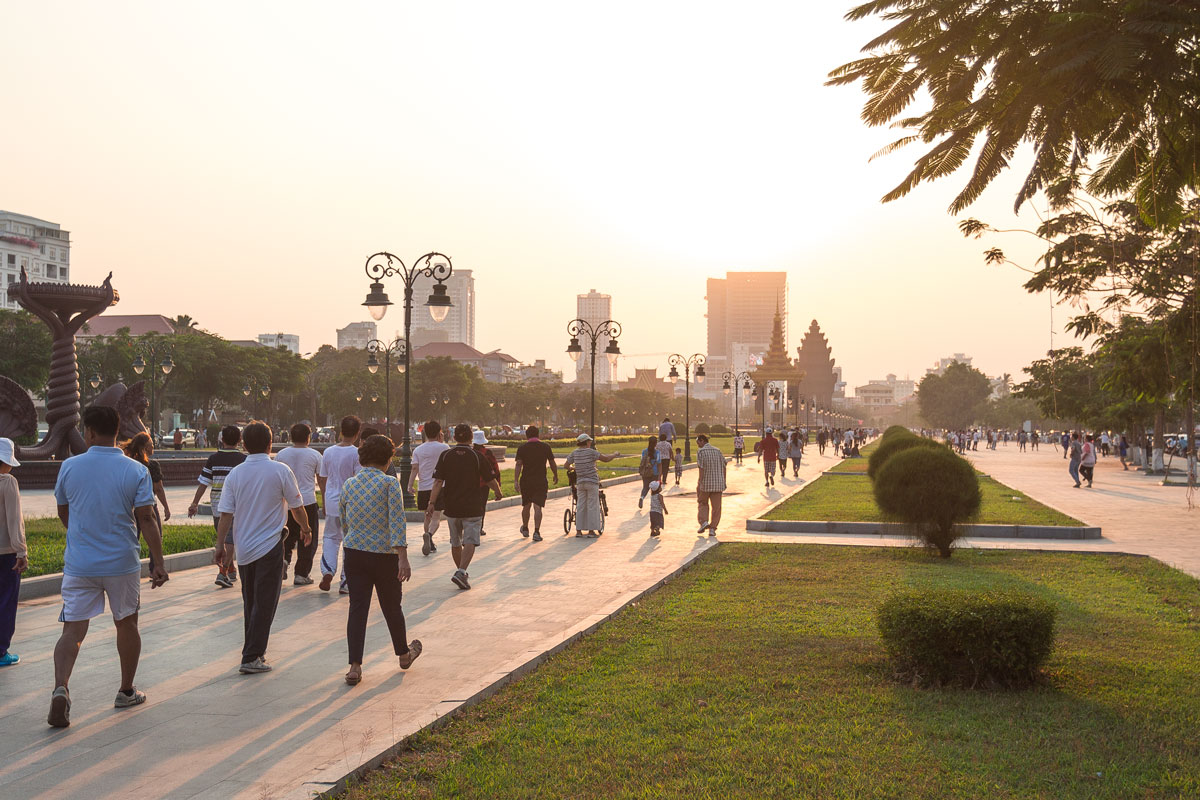
⁂
Yes, reader. It seems that the story about Phnom Penh didn’t work out. It is the most boring, dull, and meaningless city in all of Asia. There’s simply nothing to write about it. The capital of the country, as well as the entire country itself, is stuck in an economic cesspool from which it won’t emerge for decades. Cambodia ranks 153rd in terms of GDP per capita, between Cameroon and Zimbabwe. For comparison: in neighboring Vietnam, the standard of living is nearly twice as high.

Most tourists come to the country to see the famous Angkor Wat complex, and they view the capital as a transit point.
However, one must definitely visit Phnom Penh. Why? To learn about what happened in Cambodia. This page of history cannot be ignored. Everyone should know it, just as everyone should know the history of the Third Reich. What happened to Cambodia surpasses even the most savage methods of fascist Germany.
So what happened to Cambodia was Pol Pot.


